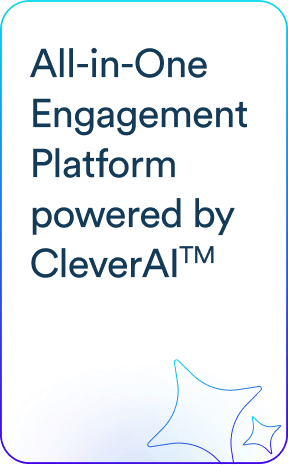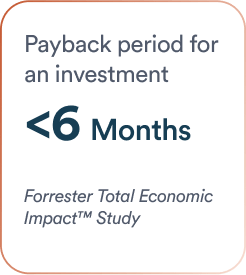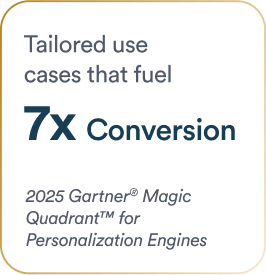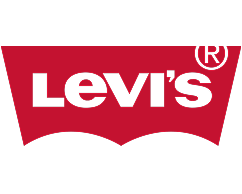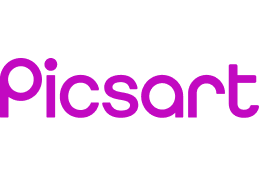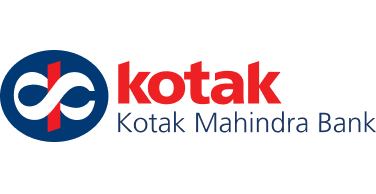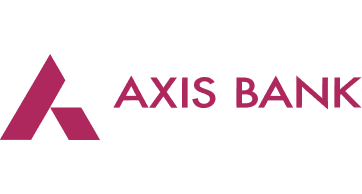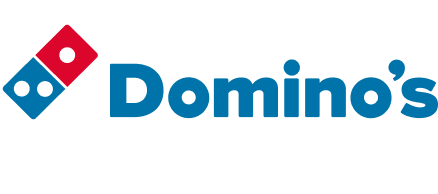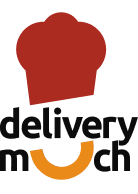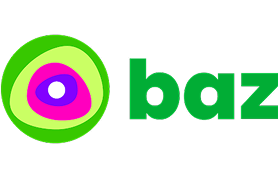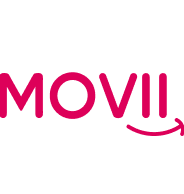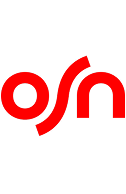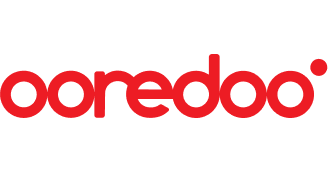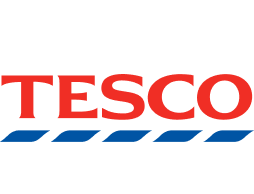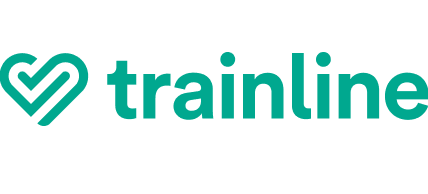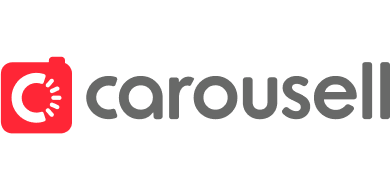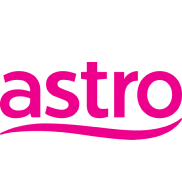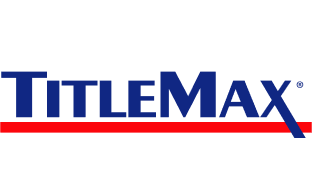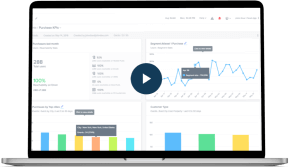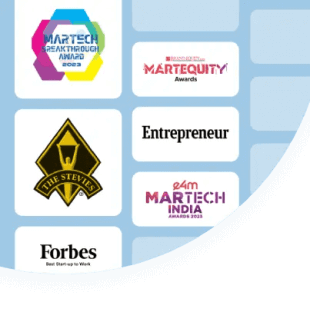Website conversion rate optimization (CRO) is a strategy to enhance your website’s ability to turn visitors into customers, subscribers, or leads. This guide covers the fundamentals, key metrics, strategies, and real-world examples to help you achieve better results.
Gone are the days when simply driving visitors to your website was enough to succeed online. The true measure of success lies in how effectively you can convert those visitors into meaningful actions—whether it’s making a purchase, signing up for a newsletter, or downloading a resource. This process, known as conversion rate optimization (CRO), has become indispensable for businesses striving to maximize their online potential.
Recent industry statistics reveal that the average website conversion rate across all industries stands at a modest 2.35%, while the top-performing websites achieve rates of 11% or higher. This stark contrast underscores the vast opportunity for improvement. With 76% of companies reporting that CRO is crucial to their overall marketing strategy, understanding and implementing effective conversion optimization has become more important than ever.
What is Website Conversion Rate Optimization?
Conversion rate optimization (CRO) is a systematic and data-driven approach to increasing the percentage of website visitors who complete desired actions, such as purchasing a product, signing up for a newsletter, or booking a demo. CRO combines elements of user experience (UX), psychology, and analytics to create a frictionless journey that guides users toward conversion.
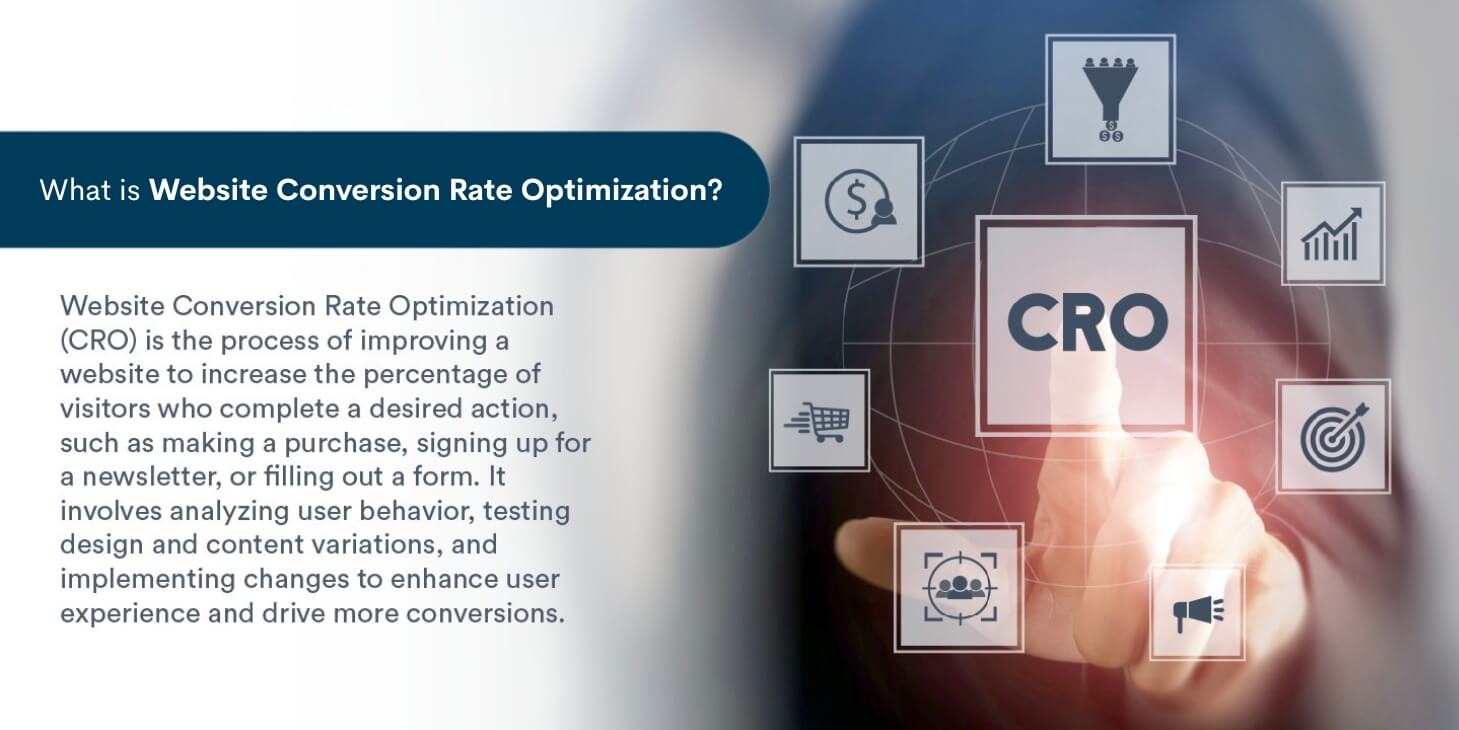
Business Factors That Influence Website Conversions
Not all businesses prioritize website CRO equally. Several business-specific factors determine how critical website conversion optimization is:
1. Is the Business Website-First or App-First?
- Website-First Businesses: For traditional enterprises, government organizations, B2B SaaS, and e-commerce platforms, the website is the primary touchpoint. Conversion optimization is crucial.
- App-First Businesses: Digital-native, app-first businesses (e.g., ride-hailing apps, food delivery platforms) focus on mobile engagement. While their websites matter, the app remains the primary channel.
Discover 25 strategies to improve app conversion rate.
2. Industry-Specific Website Conversion Factors
Different industries have varying dependencies on website CRO:
- Traditional Banks & Financial Services: Heavily reliant on websites for account openings, loan applications, and user engagement.
- Government Organizations: Websites serve as primary interaction hubs, requiring high accessibility and trust-building features.
- Product-Led Growth (PLG) Companies: SaaS and PLG businesses drive sign-ups and free trials through their websites, making CRO a top priority.
- Ecommerce & Retail: High-stakes CRO strategies focus on optimizing checkout flows, reducing cart abandonment, and improving personalized recommendations.
The Importance of CRO in Marketing Strategy
A strong CRO strategy improves your website’s performance and maximizes your marketing efforts. It helps you:
- Increase Revenue: Higher conversion rates lead to more sales without extra traffic.
- Boost ROI: More conversions make your marketing spend more cost-effective.
- Improve User Experience: A well-optimized site is easier to navigate and reduces bounce rates.
- Maximize Paid Advertising: A conversion-friendly site ensures your ad spend leads to real results.
- Lower Customer Acquisition Costs: By converting more visitors, you reduce the cost per acquisition.
- Gain Valuable Customer Insights: Understanding user behavior helps refine marketing and product strategies.
- Build Brand Trust: A smooth, seamless experience strengthens customer confidence and loyalty.
CRO doesn’t just improve conversion rates—it amplifies your entire marketing strategy. Optimizing your site ensures every visitor has a better experience, and every marketing dollar works harder.
Key CRO Metrics and Formulas You Should Know
To measure the success of your CRO efforts, you need to track key conversion rate metrics. Here are the essential formulas:
Conversion Rate
Conversion rate is the percentage of website visitors who complete a desired action out of the total number of visitors or potential customers. It is calculated by dividing the number of conversions by the total number of visitors and multiplying by 100.
Conversion rate is the percentage of users who complete a desired action out of the total number of visitors or potential customers. It is a key metric in marketing, sales, and e-commerce to measure the effectiveness of campaigns and user engagement.
Formula:
Conversion Rate = (Number of Conversions/Total Visitors) × 100
Example: If your site receives 10,000 visitors and generates 300 conversions, your conversion rate is (300 / 10,000) × 100 = 3%.
What is the average e-commerce conversion rate benchmark? How can you improve yours? Find out here.
Bounce Rate
Bounce rate represents the percentage of visitors who leave a website after viewing only one page without engaging further. A high bounce rate often indicates issues with page content, load speed, or user experience.
Formula:
Bounce Rate = (Single-Page Sessions/Total Sessions) × 100
High bounce rates may indicate poor user experience or irrelevant content.
Cart Abandonment Rate
This metric measures the percentage of shoppers who add items to their online cart but leave the site without completing the purchase. Cart abandonment highlights potential issues in the checkout process.
Formula:
Cart Abandonment Rate = (Initiated Carts/Abandoned Carts) ×100
According to the Baymard Institute (2023), the global average cart abandonment rate is 70.19%, highlighting a significant area for improvement.
Average Order Value (AOV)
AOV indicates the average amount spent per order on a website. It helps businesses understand customer purchasing behavior and identify opportunities for upselling or cross-selling.
Formula:
AOV = Number of Orders/Total Revenue
Increasing AOV boosts revenue without increasing traffic.
Customer Lifetime Value (CLV)
Customer lifetime value estimates the total revenue a business can expect from a single customer throughout their relationship. It helps prioritize high-value customers and inform retention strategies.
Formula:
CLV = (Average Purchase Value×Purchase Frequency) × Customer Lifespan
CLV helps prioritize high-value customers.
Return on Investment (ROI) for CRO Efforts
ROI measures the profitability of conversion rate optimization efforts by comparing the gain from the investment to its cost. It helps justify CRO budgets and prioritize initiatives.
Formula:
ROI = Cost of Investment / (Gain from Investment − Cost of Investment) × 100
The ROI not only highlights the financial viability of CRO efforts but also reinforces the importance of ongoing optimization to sustain and amplify business growth.
Components of an Effective CRO Strategy & Steps to Implement
An effective conversion rate optimization (CRO) strategy involves a structured approach that leverages data, user insights, and continuous testing to improve website performance. Here’s a detailed breakdown of each component and the steps to implement them effectively:
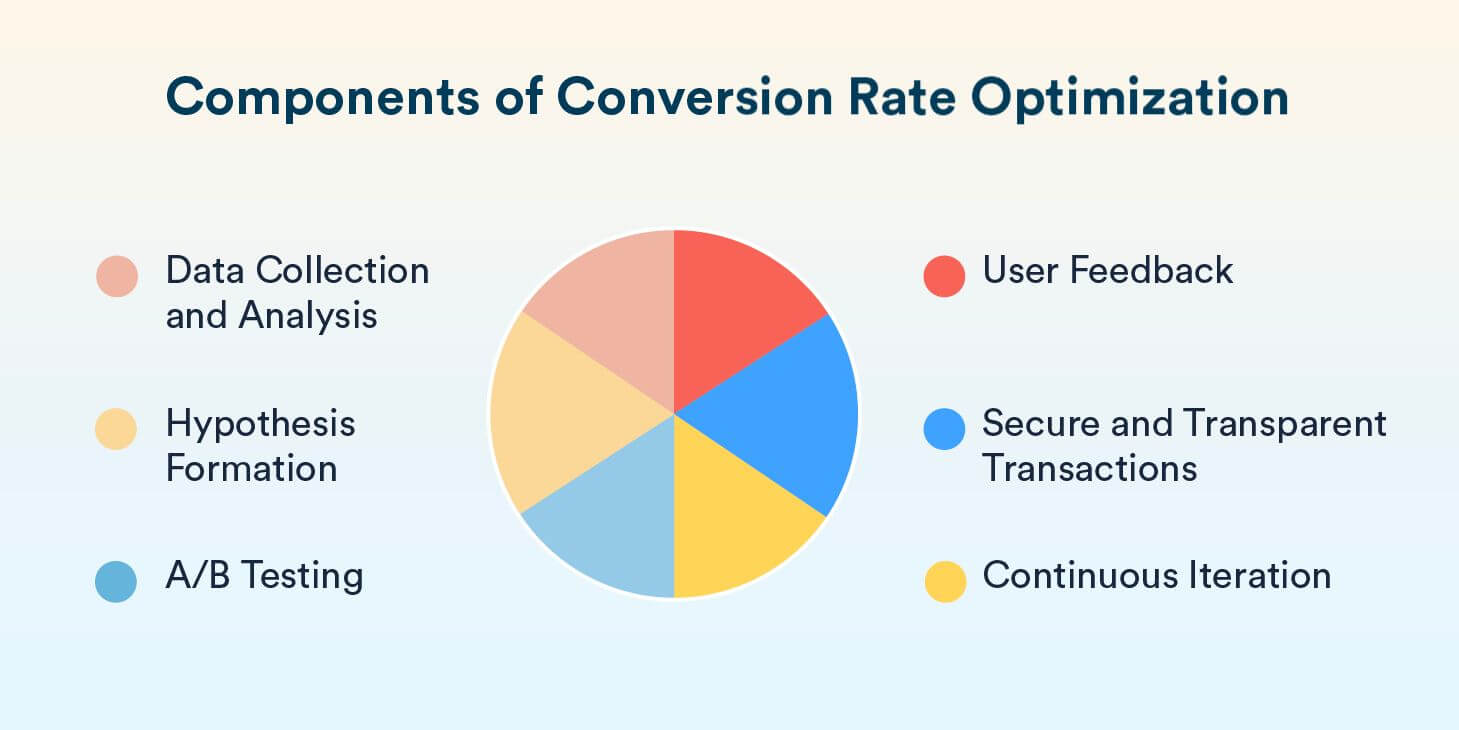
1. Data Collection and Analysis
Data is the foundation of any CRO strategy. Collecting both quantitative and qualitative data helps identify user behavior patterns, pain points, and areas for improvement.
- Quantitative Data: Use professional tools to track metrics such as bounce rate, session duration, and conversion paths.
- Qualitative Data: Gather insights from heatmaps, session recordings, user surveys, and customer feedback to understand user frustrations and preferences.
- User Behavior Analysis: Identify high-exit pages, form drop-offs, and conversion bottlenecks. For example, if users frequently abandon the checkout page, investigate whether complex forms, unexpected costs, or slow loading times are causing the issue.
2. Hypothesis Formation
Based on the data collected, form hypotheses about potential improvements. These hypotheses should be specific, measurable, and actionable.
For example:
- Hypothesis: Reducing the checkout form from five fields to three will increase the checkout completion rate by 20%.
Why hypothesis matters: A clear hypothesis ensures that testing efforts are focused and measurable.
3. A/B Testing
A/B testing, also known as split testing, involves comparing two versions of a webpage, element, or feature to determine which performs better.
- Identify Variables: Test one change at a time, such as headlines, CTAs, images, or page layouts.
- Run the Test: Use relevant platforms to conduct tests. Ensure a large enough sample size for statistically significant results.
- Analyze Results: If the test variation performs better, implement the change permanently. If not, refine your hypothesis and test again.
4. User Feedback
While data provides quantitative insights, user feedback offers qualitative understanding.
- Surveys: Ask users about their experience, satisfaction, and pain points.
- On-Site Feedback: Use tools to prompt users with questions like, “Did you find what you were looking for?”
- User Testing: Conduct usability tests to observe how real users interact with your site.
5. Secure and Transparent Transactions
Security concerns are one of the biggest conversion killers. If users feel their data isn’t safe, they won’t proceed with purchases, sign-ups, or form submissions.
How to Establish Trust:
- Use SSL certificates (HTTPS) to show users their data is protected.
- Display security badges (e.g., McAfee, Norton, PCI Compliance).
- Offer multiple secure payment options (PayPal, Stripe, Apple Pay).
- Be transparent about data privacy with a clear privacy policy and terms of service.
Establishing trust signals is especially critical for improving conversion rate for fintech apps.
6. Continuous Iteration
CRO is not a one-time effort but an ongoing process. After implementing successful changes, continue to test, learn, and refine.
- Regular Audits: Conduct periodic website audits to identify new areas for improvement.
- Monitor Key Metrics: Track conversion rates, bounce rates, and other KPIs post-implementation.
- Stay Updated: Keep abreast of industry trends, tools, and best practices.
Steps to Implement an Effective CRO Strategy
- Conduct a Website Audit: Identify underperforming pages and conversion bottlenecks.
- Set Clear, Measurable Goals: Define KPIs, such as increasing conversion rates by 10% or reducing cart abandonment by 20%.
- Develop a Testing Plan: Prioritize hypotheses based on potential impact and ease of implementation.
- Implement Tracking and Testing Tools: Use professional tools and platforms to monitor user behavior and test changes.
- Analyze Results: Determine whether changes led to significant improvements and document learnings.
- Refine and Repeat: Continuously optimize based on new insights and emerging trends.
By following this structured approach, businesses can create a high-performing website that not only attracts traffic but also drives meaningful user actions.
Follow these conversion rate optimization best practices to implement an effective CRO strategy.
8 Common Conversion Rate Optimization Tips, Techniques, and Strategies
Improving website conversion rate requires a deep understanding of your audience, eliminating friction points, and enhancing user experience. Here’s a detailed breakdown of the most effective strategies to get you started:
1. Personalize the User Experience
Tailoring content and recommendations based on user behavior, location, and preferences can significantly increase conversion rates.
How to Improve:
- Use browsing history to suggest relevant products or content.
- Implement dynamic content that changes based on user profiles.
- Send personalized follow-up emails and offers based on user actions.
Personalized experiences make users feel valued and understood, encouraging them to take the next step.
2. Speed Up Your Website
Website speed directly influences user experience and conversions. According to Akamai, a 1-second delay in page load time can result in a 7% drop in conversions. Slow websites frustrate users, increasing bounce rates and reducing engagement.
How to Improve:
- Compress images and use next-gen formats like WebP.
- Enable browser caching and minimize HTTP requests.
- Use a Content Delivery Network (CDN) to serve content faster across regions.
- Optimize code by reducing JavaScript, CSS, and HTML file sizes.
Faster websites create a seamless experience, encouraging users to stay longer and complete desired actions.
3. Write Clear and Actionable CTAs
Your call-to-action (CTA) buttons should stand out, guiding users toward the next step. Vague or poorly placed CTAs often lead to missed conversion opportunities.
How to Improve:
- Use action-driven language like “Get My Free Trial” or “Start Saving Today.”
- Ensure high contrast between the CTA and background.
- Place CTAs above the fold and at multiple touchpoints within the user journey.
- A/B test different colors, sizes, and text variations to see what resonates.
Effective CTAs remove confusion, making it easier for users to complete their journey.
4. Simplify Your Forms
Long, complicated forms can deter users from completing an action. Reports have found that reducing form fields from 9 to 5 increased conversions by 34%.
How to Improve:
- Only ask for essential information (name, email, payment details).
- Enable autofill and use clear, helpful error messages.
- Use progress indicators for multi-step forms.
A streamlined form reduces friction, making it easier for users to convert.
5. Implement Live Chat Support
Live chat provides real-time assistance, addressing user concerns instantly. 44% of online consumers consider live chat one of the most important features a website can offer.
How to Improve:
- Make live chat easily accessible without being intrusive.
- Ensure availability during peak browsing hours.
- Use chatbots for common queries and route complex issues to human agents.
Instant support prevents users from abandoning your site when they encounter obstacles.
6. Write Compelling Headlines
Headlines are the first thing users see, so they need to grab attention while communicating value.
How to Improve:
- Focus on user benefits rather than features.
- Use numbers, power words, and clarity (e.g., “Boost Your Conversion Rate by 25% with These Proven Tips”).
- Test different headline variations to find the most effective option.
A strong headline keeps users engaged and encourages them to explore further.
7. Use Exit-Intent Popups Wisely
Exit-intent popups detect when users are about to leave and present a last-minute offer. According to reports, exit-intent popups can recover 3-5% of abandoning visitors.
How to Improve:
- Offer discounts, free resources, or reminders to complete an action.
- Ensure the popup design aligns with your brand and doesn’t disrupt the user experience.
- Avoid showing the popup too frequently to prevent annoyance.
Well-timed popups can re-engage users who would otherwise leave without converting.
8. Conduct Regular User Testing
Understanding how users navigate your site helps identify friction points and areas for improvement.
How to Improve:
- Use professional tools to observe real user behavior.
- Conduct usability testing with participants representing your target audience.
- Collect qualitative feedback through surveys and on-site prompts.
User testing provides actionable insights, allowing you to optimize your website based on real user experiences rather than assumptions.
How CleverTap Can Help You Get Better Conversion Rates
CleverTap is a comprehensive customer engagement platform designed to help businesses improve conversion rates by enhancing user experience, personalization, and strategic marketing. Here’s how CleverTap can assist in boosting conversion rates:
Key Features of CleverTap for Better Conversion Rates
Web Personalization
CleverTap’s Web Personalization enables brands to create real-time, hyper-personalized experiences for website visitors based on their past behavior and preferences. It allows for the customization of website content, such as text, visuals, and product recommendations, ensuring that each visitor encounters content relevant to their interests. By tailoring the user experience, businesses can increase engagement and drive higher conversion rates.
Web Inbox enables the stacking of notifications under a notification window on the website, allowing users to engage with the messages at their convenience. Engaging users through timely and relevant web push notifications can re-engage visitors and encourage them to complete desired actions.
CleverTap’s platform supports the creation and delivery of dynamic web push notifications, enabling businesses to reach users even when they are not actively browsing the website. This feature helps in maintaining user interest and driving conversions.
Behavioral Analytics and A/B Testing:
- Insight into User Behavior: CleverTap provides deep insights into user behavior, helping identify friction points in the customer journey. This data is crucial for refining every aspect of the user experience.
- A/B Testing: The platform allows for experimentation by comparing different versions of web pages or elements to determine which performs best, ensuring data-driven decisions.
Cross-Channel Marketing:
CleverTap helps orchestrate experiences across multiple channels—web, email, SMS, and push notifications—ensuring a cohesive brand presence. This strategy can increase conversion rates by up to 31%, as highlighted in their market research report.
Funnel Analysis:
CleverTap’s funnel analysis tools help visualize the user journey, pinpointing where users drop off. This insight allows for targeted improvements in the conversion process, increasing overall success rates.
Real-Time Support:
CleverTap supports live chat integration, offering immediate support during critical stages like checkout. This reduces abandonment rates and boosts conversions by addressing user concerns in real time.
Success Stories with CleverTap
- Way.com: Achieved a 43% increase in conversion rates by optimizing marketing strategies with CleverTap.
- Albo: Improved user adoption and retention by analyzing user journeys and tailoring messaging accordingly.
Overall, CleverTap offers a robust suite of tools to enhance user engagement, personalize interactions, and optimize marketing strategies, all of which are crucial for improving conversion rates.
Boost your conversion rates with CleverTap’s personalized engagement tools
Examples of Successful Website Conversion Rate Optimization
Here are some powerful examples of successful CROs, highlighting the benefits and lessons for professionals.
CloudSponge’s Design Update
CloudSponge faced a challenge familiar to many digital platforms—an outdated website design that failed to effectively communicate the value of its service. Visitors were arriving but not converting, signaling a gap between interest and action.
To address this, CloudSponge implemented a comprehensive design overhaul, introducing a demo feature alongside clear, persuasive messaging that highlighted the benefits of their service.
This strategic redesign resulted in a 33% increase in conversion rates, proving the power of user-centric design. The key takeaway here is that modern, intuitive design not only attracts attention but also drives users toward meaningful engagement.
The Weather Channel’s Simplification
The Weather Channel confronted an issue of complexity. Their homepage, while informative, overwhelmed users with excessive options and scattered calls to action.
Recognizing this barrier, they opted for a radical simplification, stripping away distractions and streamlining the user journey around a singular, primary action. This seemingly simple adjustment led to a staggering 225% increase in conversions.
The lesson is clear: simplicity in design fosters clarity, allowing users to navigate websites effortlessly and make decisions without hesitation.
Nature Air’s Prominent Call-to-Action (CTA)
Nature Air identified that its call-to-action (CTA) was getting lost amid other content, diminishing its impact on conversions.
To remedy this, they repositioned the CTA within the content area, ensuring it was both prominent and contextually relevant. This small but significant change drove a 591% increase in conversion rates.
The insight from this case underscores the importance of visibility and clarity when it comes to guiding users toward desired actions. A well-placed, unmistakable CTA can dramatically influence outcomes.
Intuit’s Proactive Chat Implementation
Intuit encountered a common e-commerce challenge: potential customers abandoning the site due to unanswered questions or uncertainties.
To counter this, they introduced a proactive chat feature on their product pages, enabling real-time interaction and support. This approach not only improved user experience but also led to a 211% increase in sales.
The success of this initiative highlights how interactive tools, when used thoughtfully, can bridge the gap between curiosity and conversion, ensuring users feel supported throughout their journey.
Bradley Spencer’s Image Removal
Bradley Spencer discovered that a large, visually striking image on their website was inadvertently hindering conversions. While aesthetically appealing, the image distracted users from core messaging and actionable elements.
In a bold move, they removed the image entirely, resulting in an extraordinary 400% increase in conversions. This case serves as a reminder that more isn’t always better.
Continuous testing and a willingness to challenge assumptions can reveal surprising insights, often demonstrating that simplicity and focus yield the most impactful results.
Conclusion
Website conversion rate optimization is not a one-time task but an ongoing process of testing, learning, and refining. By focusing on user experience, leveraging data-driven insights, and employing proven strategies, businesses can significantly enhance their website’s performance and drive sustainable growth.
CRO success lies in continuous improvement. Stay informed about industry trends, regularly analyze performance, and embrace experimentation to keep your website optimized for success.
Ready to take your website conversions to the next level? Book a demo with CleverTap and see how we can help.
Shivkumar M 
Head Product Launches, Adoption, & Evangelism.Expert in cross channel marketing strategies & platforms.
Free Customer Engagement Guides
Join our newsletter for actionable tips and proven strategies to grow your business and engage your customers.

